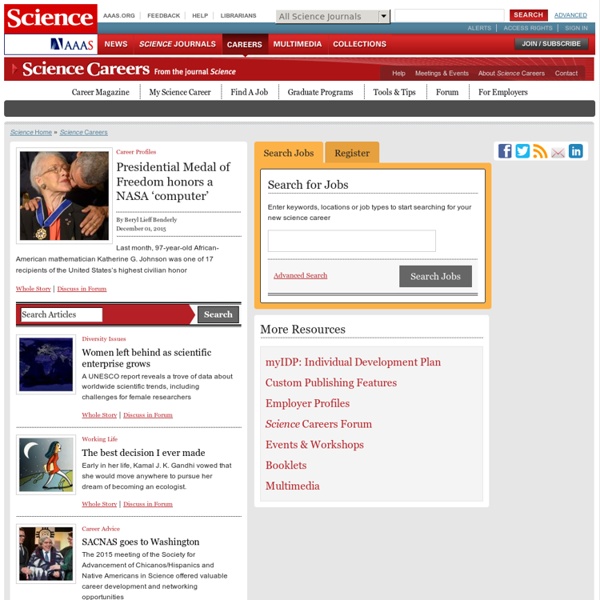



PhDs.org: Jobs for PhDs, graduate school rankings, and career resources BioModels AWIS Getting a graduate job in engineering and manufacturing In order to achieve a graduate job in the industry, you'll need to tick a number of different boxes Do I need a relevant degree? A degree in an engineering or technology-related subject is usually necessary to work in this sector. Engineering - To gain employment as an engineer you will need a relevant degree. However there are areas of this sector that will not require an engineering degree, such as finance and accounting, human resources (HR), management and marketing and communications. What skills do employers want? Graduate employers within the engineering and manufacturing sector require candidates with: analytical and problem-solving skills; awareness of statutory, industry and company health and safety practices applicable to the job role; innovation; a high standard of numeracy, literacy and computing skills; planning and organisation skills. Where can I get work experience? Some larger companies even offer paid internships to students, with the National Grid being one example.
postdoctoral jobs in USA | careerjet.com Three postdoctoral fellowships in mathematics of medical imaging Stockholm - Bergman, AR Three postdoctoral fellowships in mathematics of medical imaging KTH Royal Institute of Technology in Stockholm is the largest and oldest... would like to invite applications for three Postdoctoral Scholarships starting either in September 1, 2014 or January 1, 2015. www.ingenjorsjobb.se - April 16 - Save - Send to a friend Three postdoctoral fellowships in mathematics of medical imaging www.universitypositions.eu - April 16 - Save - Send to a friend Postdoctoral Associate, Computational Biology (Job Number 1257) Cambridge, MA Postdoctoral Associate, Computational Biology (Job Number 1257) The MIT-Broad Foundry at the Broad Institute has an opening for a highly... motivated Postdoctoral Associate in Computational Biology. www.getbiologyjobs.com - April 16 - Save - Send to a friend Three postdoctoral fellowships in mathematics of medical imaging Kungliga Tekniska hogskolan - Stockholm - Bergman, AR
Your PhD, what next?: Non-academic jobs Opportunities for PhD graduates to work in non-academic jobs look to be increasing. Discover how to make your PhD work for you in the labour market… What jobs can I do with a PhD? The most common jobs held by recent PhD graduates include: Other suitable occupations include: Although academia is a popular destination for PhD graduates, more opportunities exist outside of education. The majority of PhD graduates who work outside of higher education are employed in an area where they can make use of their specialised knowledge and skills. How do I get a non-academic job? There are many ways to boost your chances of landing a non-academic job. search for graduate jobs; build a network of contacts (online and in person) to help you unearth 'hidden' job vacancies; use social media to raise your profile. It is worth regularly checking sector-specific websites and publications for job adverts, such as: How do I sell my PhD to employers? What do other PhD graduates do? PhD graduate destinations
BioPAX Careers - MathSP | MathSP Opportunities to Contribute Become a MathSP Academic or Test Prep Coach Academic and Test Prep Coaches are undergraduate and graduate students, teachers, engineers, scientists, consultants, and other professionals who combine their remarkable talent in Math and/or Science subjects with a passion for teaching to help others achieve. Learn More or Apply Become a MathSP Relationship Manager Relationship Managers connect school administrators, teachers, counselors, parent organizations, and organizations with MathSP opportunities in Math and Science academic coaching, test preparation for high school, college, and graduate admission exams, college readiness seminars and workshops, and STEM advocacy.
Career planning for researchers - University of Leeds Careers Centre Career planning for researchers Career planning strategy for research students Employers increasingly value PhD holders as they recognise their high level skills transfer readily into a wide range of sectors. Your experience of postgraduate study may have whetted your appetite for a career in academia and so you might be looking for a research or lecturing post. Increasingly, however, PhD students are looking for employment outside the academic environment. However, a PhD in itself is not a guarantee of higher level entry into employment. In coming up with a careers strategy, you first need to undertake a self audit. You may have already decided on your future career path. The Careers Centre runs a number of workshops tailored for researchers which can help you with your career planning. Find out more Prospects: Use your Qualification - Lists of jobs related to your degree.
Career Exploration for Ph.D.s in Science, Technology, Engineering, and Math Disciplines Career Exploration for Ph.D.s in Science, Technology, Engineering, and Math Disciplines Graduate students are among the most well-educated members of society. However, since graduate students are always measuring their performance against that of their highly talented peers and mentors, they often underestimate their significant strengths and transferable skills. Below you will find some information on non-academic careers in which the transferable skills of PhDs in the sciences are highly valued. There are, of course, many types of careers open to PhD students—we’ve included the more frequent options for students in the sciences here. Additionally, there are a few resources we almost always recommend that will get you started in your search. Industry One of the first places that scientists and engineers look for opportunities outside of the academic environment is research in industry. Where to Look Pharma/Biotech Physical Sciences and Engineering Engineering Physical Sciences U.S. Consulting
Systems Biology Graphical Notation